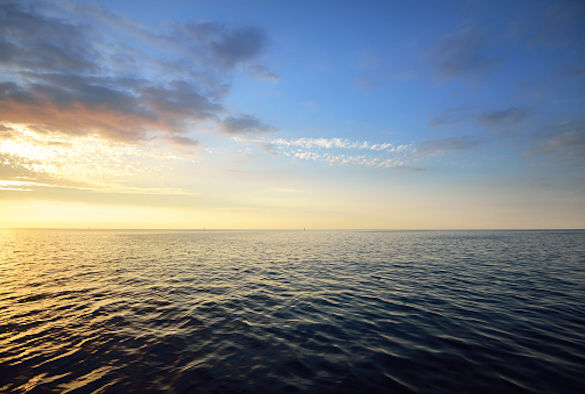
A new international study involving Liverpool ocean scientists has found that the Atlantic meridional overturning circulation (MOC), a deep-ocean process that plays a key role in regulating Earth’s climate, is primarily driven by cooling waters west of Europe.
In a departure from the prevailing scientific view, the study published in the journal Science, shows that most of the overturning and variability is occurring not in the Labrador Sea off Canada, as past modeling studies have suggested, but in regions between Greenland and Scotland.
There, warm, salty, shallow waters carried northward from the tropics by currents and wind, sink and convert into colder, fresher, deep waters moving southward through the Irminger and Iceland basins.
The study, which involved 16 research institutions from seven countries, found that overturning variability in this eastern section of the ocean was seven times greater than in the Labrador Sea, and it accounted for 88 percent of the total variance documented across the entire North Atlantic over the 21-month study period.
Liverpool Professor of Ocean Science, Ric Williams, said: “There is a widespread view that ocean overturning in the North Atlantic is controlled by cooling in the Labrador Sea. However, this field programme has demonstrated a new view that the overturning changes originate from the high latitude Atlantic east of Greenland.”
Duke University Professor Susan Lozier, who led the international observational study that produced the new data, said: “These unexpected findings can help scientists better predict what changes might occur to the MOC and what the climate impacts of those changes will be. To aid predictions of climate in the years and decades ahead, we need to know where this deep overturning is currently taking place and what is causing it to vary.”
Penny Holliday from the National Oceanography Center said: “Overturning carries vast amounts of anthropogenic carbon deep into the ocean, helping to slow global warming. The largest reservoir of this anthropogenic carbon is in the North Atlantic.
“Overturning also transports tropical heat northward meaning any changes to it could have an impact on glaciers and Arctic sea ice. Understanding what is happening, and what may happen in the years to come, is vital.”
Professor Lozier added: “I cannot say enough about the importance of this international collaboration to the success of this project. Measuring the circulation in the subpolar North Atlantic is incredibly challenging so we definitely needed an ‘all hands on deck’ approach.”
The paper `A Sea Change in Our View of Overturning – First Results from the Overturning in the Subpolar North Atlantic Program’ contains data collected over a 21-month period from August 2014 to April 2016.
It is the first from the $32 million, five-year initial phase of the OSNAP (Overturning in the Subpolar North Atlantic Program) research project, in which scientists have deployed moored instruments and sub-surface floats across the North Atlantic to measure the ocean’s overturning circulation and shed light on the factors that cause it to vary.
Professor Williams is the University’s PI for the UK OSNAP programme.